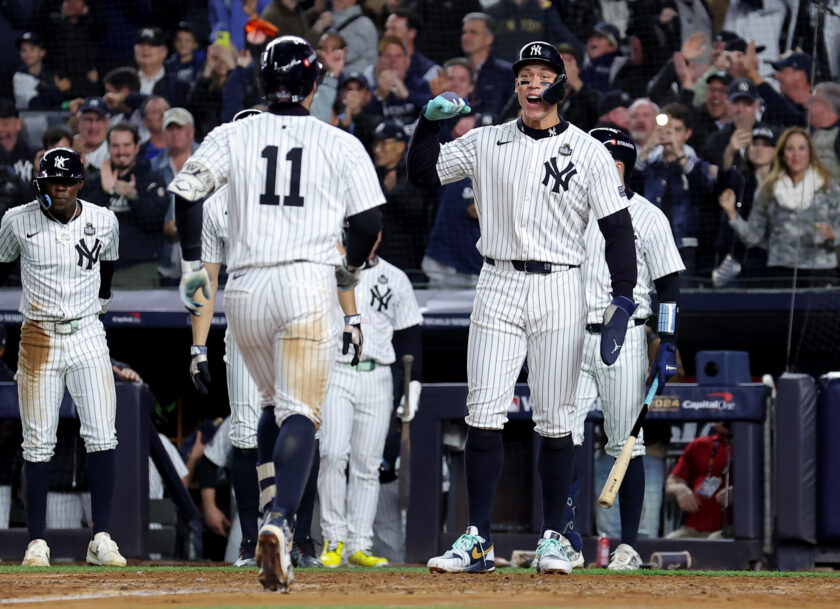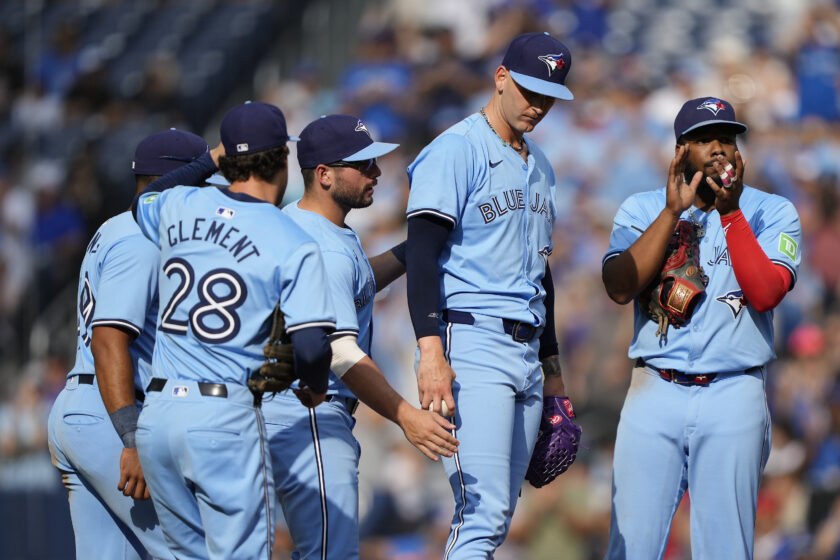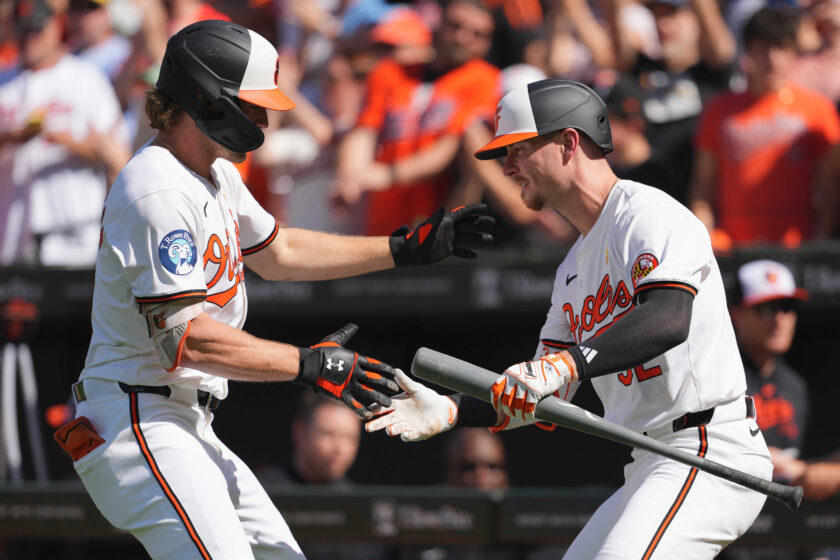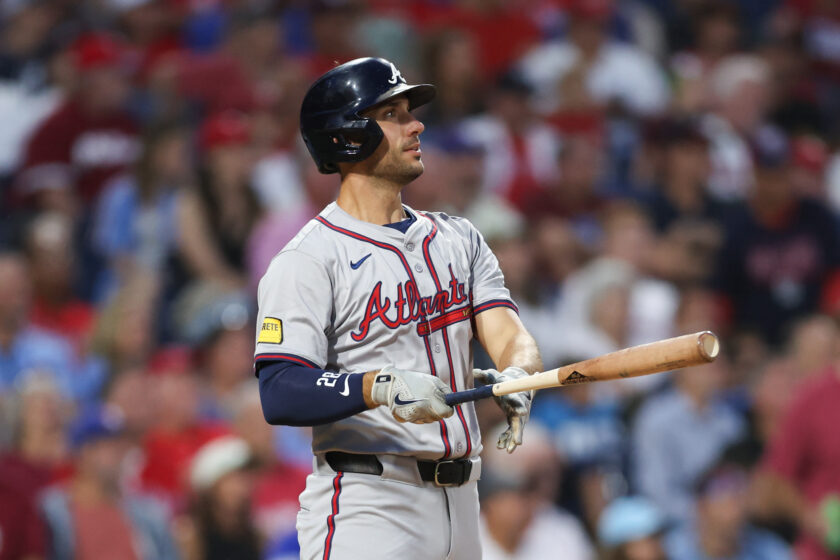NHL announces 2019-20 rule changes after mistake-riddled playoffs

The NHL had plenty of miscues to address by its on-ice officials leading to some rule changes for the 2019-2020 season.
[sc name=”Frank Curto Banner” ]The National Hockey League announced some rule changes that will take place at the beginning of the 2019-2020 season.
The rule changes were unanimously approved by the League’s Board of Governors, NHL General Managers and the Competition Committee over the past week.
The changes were broken down into three categories.
Expansion of coaches challenge
The league has added a third coach’s challenge to go along with the offsides and goalie interference challenge.
A coach can now challenge goal calls on the ice that follow plays in the offensive zone that should have resulted in a play stoppage but did not. Examples of these situations would be if the puck deflected off the netting on top of the glass resulting in a goal scored and if a goal was scored resulting from a hand pass.
The challenge can only be used if the puck never leaves the offensive zone between the time of the “missed” infraction and the time the goal is scored.
The number of coaches challenges are no longer limited to the availability of the team’s time out. Teams will be permitted to exercise a coach’s challenge at any time, but with escalating “consequences” for unsuccessful Challenges. The consequences of unsuccessful Coach’s Challenges will be made consistent across all three Categories of Coach’s Challenges: A minor penalty for Delaying the Game on a Club’s first unsuccessful coach’s challenge and a double-minor penalty for Delaying the Game for each additional coach’s challenge that is unsuccessful.
Referee review of a major/match penalty and double minor high sticking calls
Referees will be required to conduct an on-ice video review for all major (non-fighting) and match penalties they assess on the ice for the purpose of confirming the penalty or reducing the penalty to a two-minute minor penalty. Referees shall not have the option to rescind a called penalty altogether.
The referees will be provided with all available video to review their own calls but will not otherwise consult with the NHL Situation Room with respect to their review.
[sc name=”NHL Center” ]Double-minor for high sticking
Referees will have the ability to conduct an on-ice video review to confirm their original call on the ice, and, in particular, whether the stick causing the apparent injury was actually the stick of the player being penalized.
The referee’s review of all high-sticking and double-minor penalties will be discretionary, not mandatory and will be conducted without consultation with the NHL Situation Room.
Some other approved changes
- A player who has a helmet come off during a play must retrieve the helmet and place it back on his head or leave the ice immediately. A player who is making a play on the puck or who is in position to make an immediate play on the puck at the time his helmet comes off shall be given a reasonable opportunity to complete the play before either exiting the ice or retrieving and replacing his helmet. Failure to comply will result in a minor penalty.
- The defensive team will not be permitted a line change when a goalie freezes the puck on any shot from outside the center red line. Similarly, if the actions of a skater of the defensive team cause a stoppage by unintentionally dislodging the net from its moorings, the defensive team will not be permitted to make a line change. In both of these instances, the offensive team will have the choice of which end zone dot the face-off will take place.
- Face-offs: Following a penalty or an icing, the offensive team can decide which face-odd dot to use to take the draw.
A graduate of St. John's University class of '91. I have been a fan of the New York Rangers since the days of Peter Puck. Founder of Ranger Proud, the Facebook page that covers all news, notes, pre /post-game stats, and player quotes. I can be reached at Nyrfc12@gmail.com






